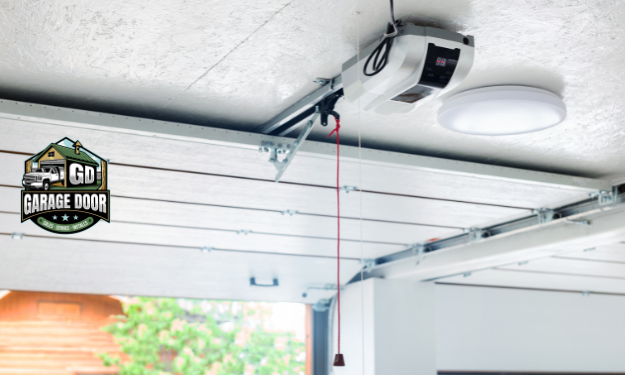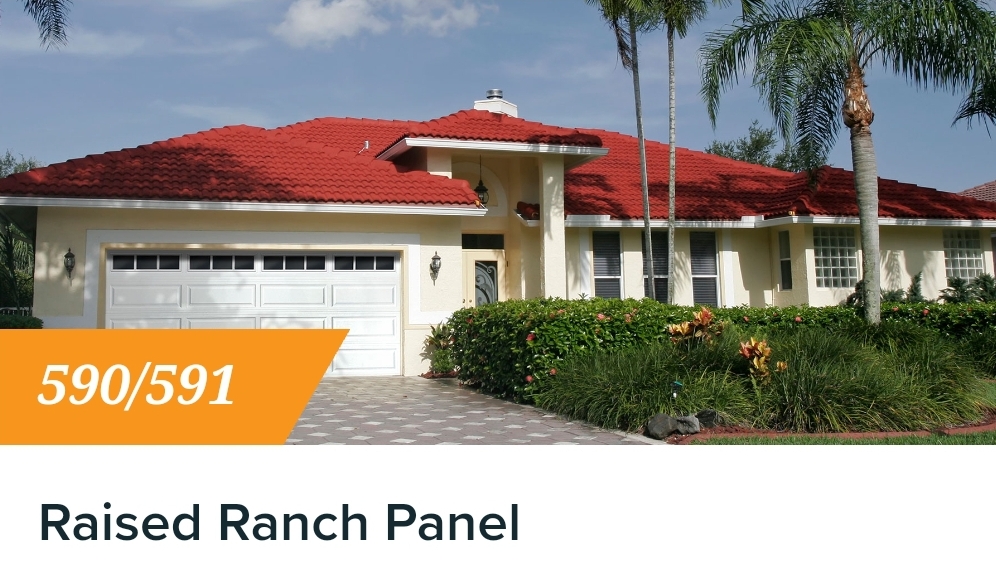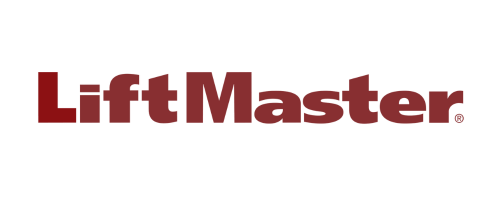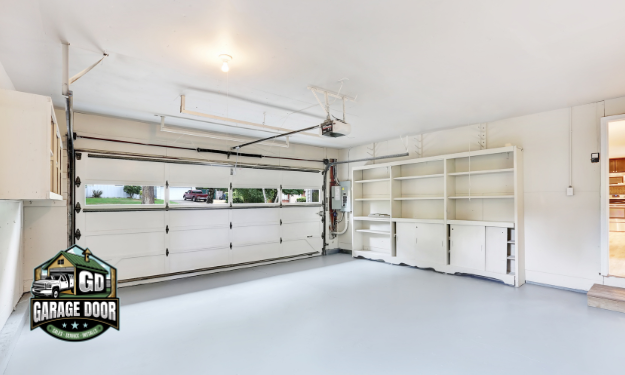Garage Spring Repair
Garage doors contain steel, aluminum, wood, fiberglass or vinyl panels mounted within a frame.
Garage Door Cable Replacement - Aesthetics and Customization: Color options, window inserts, decorative hardware, custom designs.
- Installation Services: Door installation, opener installation, system calibration, safety inspection, custom garage door installation.
- Customer Service Elements: Free estimates, warranties, emergency services, customer support, service packages.
- Materials Used: Steel, aluminum, wood, fiberglass, vinyl, glass panels.



